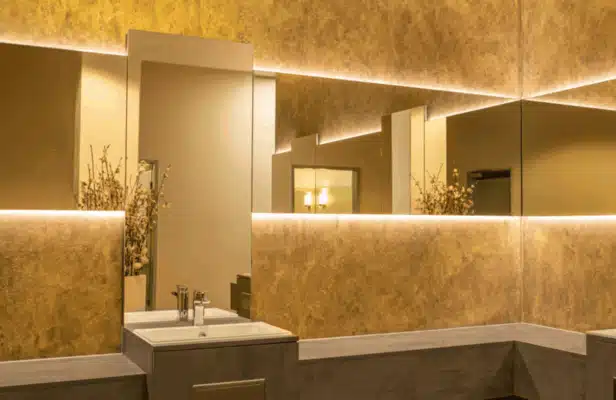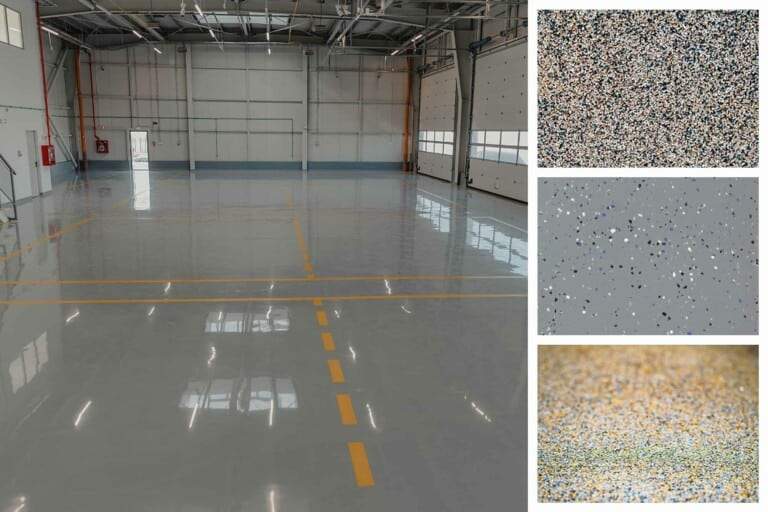Pollution is a pressing global concern, especially in urban areas.
Rapid industrialization, growth in building and infrastructure construction activities,
and excessive greenhouse gas emissions have increased the carbon footprint and environmental degradation.
Rising pollution exacerbates climate change and global warming, both of which pose a serious threat to humanity’s existence.
It is also a cause of biodiversity loss and species extinction.
In addition, pollution affects human health and well-being, leading to various respiratory, neurological, and cardiovascular diseases.
It affects human cognitive and behavioral patterns. According to the World Health Organization (WHO),
Air pollution is responsible for an estimated 7 million premature deaths worldwide each year.
Such an alarming statistic indicates that reducing pollution is the need of the hour.

What is smog?
Smog is a type of air pollution that occurs when a mixture of pollutants combine.
Including nitrogen oxides, volatile organic compounds and particulate matter, they combine with sunlight and form atmospheric haze.
The word “smog” is a combination of the words “smoke” and “fog”.
Reflecting the fact that it often appears as a thick, gray fog in the air.
Smog can have a range of negative effects on human health and contribute to environmental problems such as acid rain and climate change.
Smog is commonly associated with urban areas where high levels of vehicle and industrial emissions can contribute to its formation.
But it can also occur in rural areas where agricultural practices and natural pollution can cause it to develop.
What buildings eat smog?
Recently, architects, engineers and construction professionals around the world have come up with the concept of smog-eating buildings to combat the problem at hand through environmentally friendly designs.
Smog-eating buildings are structures designed to help reduce urban air pollution by removing pollutants from the air.
These buildings are constructed using materials treated with a photocatalytic layer.
The building’s surface then reacts with sunlight to break down pollutants into less harmful substances such as carbon dioxide and water.
The most common coating material used in these buildings is titanium dioxide.
It is a white powdery substance that is applied to the surfaces of materials such as concrete, glass and ceramic tiles.

What are the benefits of smog-eating buildings?
Smog-eating buildings are a valuable tool for architects, developers, and urban planners to create healthier, cleaner, and more sustainable cities.
The main advantages offered by smog-eating buildings:
Improve air quality
Smog-eating buildings can help improve urban air quality by eliminating pollutants.
This is especially important in cities, where high levels of traffic and industrial activities can contribute to poor air quality.
By reducing the concentration of pollutants in the air, smog-eating buildings can help create a healthier environment for the city and its residents.
Reducing health risks
Poor air quality is a significant risk factor for a range of health problems,
Including respiratory diseases, cardiovascular diseases, and cancer.
By reducing levels of pollutants in the air, smog-eating buildings can help reduce these health risks and improve overall public health.
This is especially important in densely populated urban areas,
where a large number of people are exposed to high levels of pollution on a daily basis.

Low energy costs
Some smog-eating building materials, such as coated glass, can
To help reduce energy costs by reflecting sunlight and reducing the amount of heat that is absorbed in the building,
This helps reduce air conditioning costs and reduce the building’s carbon footprint.
By using these materials, building owners can save money on energy bills while also reducing their environmental impact.
This can improve the functionality of the building and make it more efficient in the long term.
Low maintenance costs
Smog-eating materials can help reduce building maintenance costs by preventing dirt from accumulating on surfaces.
This is because the optical coating on these materials breaks down organic compounds,
This makes it more difficult for dirt to stick to building surfaces.
This can help keep buildings clean and reduce the need for frequent cleaning and maintenance,
which can be costly and time-consuming.
Promote sustainability
Smog-eating buildings promote sustainability by using innovative building materials and techniques.
By reducing air pollution and energy consumption, these buildings can help create more sustainable and resilient cities.
In addition, the use of smog-eating materials can help raise awareness about the importance of sustainable development,
and encourage other architecture, engineering and construction (AEC) professionals to adopt similar practices.
Conclusion
Incorporating smog-eating buildings into urban planning could have far-reaching implications for the future of urban development and environmental sustainability.
As cities become more crowded and air polluted, consolidating smog-eating buildings could become standard practice.







